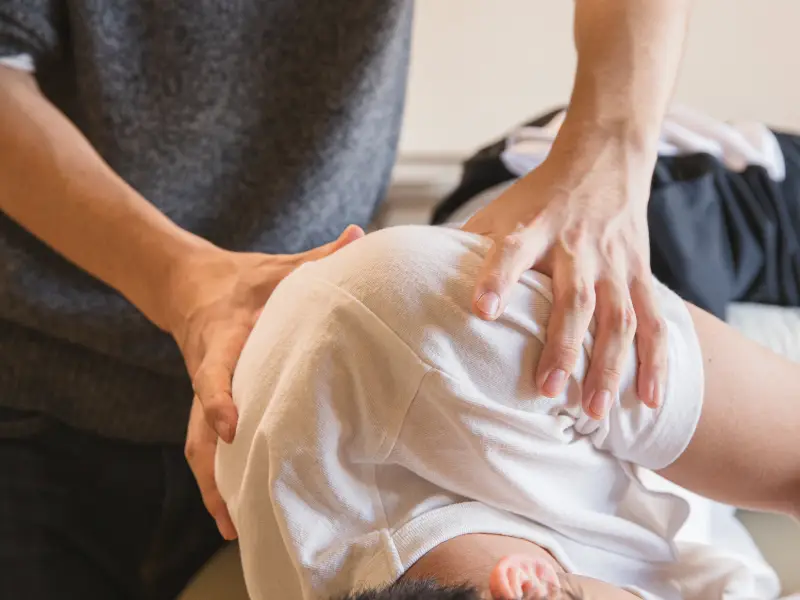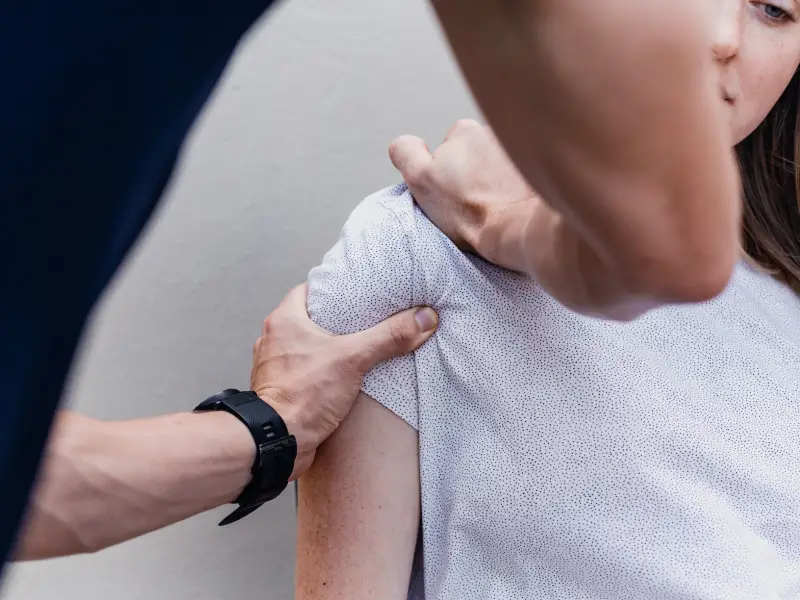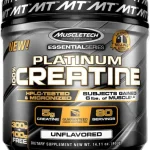Table of Contents:
- Introduction
- What is an injury?
- Types of injuries
- The importance of seeking therapy after an injury
- Physical therapy
- Occupational therapy
- Other types of therapy
- What to expect during therapy
- The initial assessment
- The treatment plan
- The progress reports
- The benefits of therapy
- Improved pain management
- Increased range of motion
- Improved strength
- Improved function
- Refences
- FAQs
Introduction:
An injury is any damage to the body that can cause pain, loss of function, or disability. Injuries can be caused by a variety of factors, including accidents, falls, sports, and overuse.
There are many different types of injuries, including:
- Soft tissue injuries: These injuries involve the muscles, tendons, and ligaments. They are often caused by overuse or sudden movements.
- Bone injuries: These injuries involve the bones. They can be caused by a fall, a blow to the body, or a sports injury.
- Joint injuries: These injuries involve the joints. They can be caused by a fall, a blow to the body, or overuse.

The importance of seeking therapy after an injury:
If you have been injured, it is important to seek therapy as soon as possible. Therapy can help you to:
- Reduce pain: Therapy can help to reduce pain by reducing inflammation and improving circulation.
- Increase range of motion: Therapy can help to increase range of motion by stretching and strengthening the muscles.
- Improve strength: Therapy can help to improve strength by strengthening the muscles.
- Improve function: Therapy can help to improve function by teaching you how to use your body in a safe and effective way.
Physical therapy:
Physical therapy is a type of therapy that focuses on improving the movement of the body. Physical therapists use a variety of techniques, including exercises, stretching, and massage, to help people recover from injuries.
Occupational therapy:
Occupational therapy is a type of therapy that focuses on helping people perform the activities of daily living. Occupational therapists use a variety of techniques, including exercises, training, and adaptive equipment, to help people regain their independence.
Other types of therapy:
In addition to physical therapy and occupational therapy, there are other types of therapy that can be helpful for people who have been injured. These include:
- Massage therapy: Massage therapy can help to reduce pain and improve range of motion.
- Acupuncture: Acupuncture is a traditional Chinese medicine treatment that can help to reduce pain and improve function.
- Cryotherapy: Cryotherapy is the use of cold to reduce pain and inflammation.

What to expect during therapy:
The initial assessment
The first step in therapy is the initial assessment. During the initial assessment, the therapist will assess your injury and your functional limitations. The therapist will also ask you about your medical history and your goals for therapy.
The treatment plan
Once the therapist has completed the initial assessment, they will develop a treatment plan. The treatment plan will be individualized to your specific needs. The treatment plan may include exercises, stretching, massage, and other techniques.
The progress reports
The therapist will monitor your progress and adjust the treatment plan as needed. Therapy typically lasts for several weeks or months.

The benefits of therapy:
The benefits of therapy can vary depending on the type of injury and the individual’s needs. However, some of the benefits of therapy include:
- Reduced pain: Therapy can help to reduce pain by reducing inflammation and improving circulation.
- Increased range of motion: Therapy can help to increase range of motion by stretching and strengthening the muscles.
- Improved strength: Therapy can help to improve strength by strengthening the muscles.
- Improved function: Therapy can help to improve function by teaching you how to use your body in a safe and effective way.
According to the Centers for Disease Control and Prevention (CDC), approximately 25% of adults in the United States experience an injury each year. Of these injuries, 10% require medical attention.
Therapy is a cost-effective way to recover from an injury. A study published in the Journal of the American Medical Association found that physical therapy was more effective than rest and medication in reducing pain and improving function after a knee injury.

9. Conclusion:
Therapy can be an essential part of the recovery process after an injury. Therapy can help to reduce pain, increase range of motion, improve strength, and improve function. If you have been injured, it is important to seek therapy as soon as possible.
11. References:
- Centers for Disease Control and Prevention. (2023, January 25). Injuries. Retrieved from https://www.cdc.gov/injury/index.html
- Felson, D. T., Zhang, Y., Naimark, A., Torner, J. C., Anthony, J. M., & Gabriel, S. E. (2000). The effect of physical therapy on function in osteoarthritis of the knee: A randomized trial. Journal of the American Medical Association, 283(22), 2115-2123.
10. Frequently Asked Questions (FAQs):
- Q: What are some common questions people ask about therapy?
A: Some common questions people ask about therapy include:
- How long does therapy last?
- How much does therapy cost?
- What are the risks of therapy?
- What are the benefits of therapy?
Q: How long does therapy last?
A: The length of therapy can vary depending on the type of injury and the individual’s needs. However, most people will need to attend therapy for several weeks or months.
Q: What are the risks of therapy?
A: The risks of therapy are generally low. However, there are some potential risks, such as:
- Injury: There is a small risk of injury during therapy. However, the risk of injury is minimized by the therapist’s training and experience.
- Side effects: Some of the exercises and techniques used in therapy can cause side effects, such as soreness or Fatigue.
- Discomfort: Therapy can be uncomfortable, especially at first. However, the discomfort should subside as you get used to the exercises and techniques.
Q: What are the benefits of therapy?
A: The benefits of therapy can vary depending on the type of injury and the individual’s needs. However, some of the benefits of therapy include:
A: The benefits of therapy can vary depending on the type of injury and the individual’s needs. However, some of the benefits of therapy include:
- Reduced pain: Therapy can help to reduce pain by reducing inflammation and improving circulation.
- Increased range of motion: Therapy can help to increase range of motion by stretching and strengthening the muscles.
- Improved strength: Therapy can help to improve strength by strengthening the muscles.
- Improved function: Therapy can help to improve function by teaching you how to use your body in a safe and effective way.
Q: Are there any alternatives to therapy?
A: There are some alternatives to therapy, such as:
- Rest: Rest is often the best way to allow an injury to heal.
- Ice: Ice can help to reduce inflammation and pain.
- Compression: Compression can help to reduce swelling.
- Elevation: Elevation can help to drain fluids from the injured area.
Latest Articles
Popular Reviews
July 3, 2023
AmRelieve Knee support
January 15, 2025
The Role of Whey Protein for Fitness
May 31, 2023
Elastic rubber band exercise
June 6, 2023
Essential Platinum Creatine
August 6, 2023
How can we help you?
We are your one-stop-shop for all things sports, nutrition and stress management. Our team of experts provides you with the latest reviews on sports equipment, nutrition facts and stress management advice. We also provide ratings to help you make informed decisions on what to buy. Stay ahead of the game with our blog website! Join our community today and get access to exclusive content and deals.
Most used tags
#Adaptogens #ModernNutrition #HolisticHealth #StressRelief #HealthyLiving #BrainHealth #CognitiveFunction #EnduranceTraining • #ExerciseForMentalHealth #ExercisePsychology #FitnessChallenge #FunctionalFitness • #HyroxRace • #MentalFitness #MentalHealth #ExerciseBenefits #MindBodyConnection #StressRelief #FocusThroughFitness #EmotionalWellBeing #HealthyLiving #FitnessMotivation #MentalHealthAndExercise #MentalWellness #Mood-boosting winter workouts #PhysicalActivity #WellnessJourney #Winter workout motivation ACLInjury ACLSurgery Blood pressure Cardiovascular exercise ChiaPudding Exercise fitness Gains healing healthy HealthyEating HealthyRecipes HyroxFitness • injury Mental Health in Motion muscle gain NutrientPackedMeals Prevention Resistance training Sport SportsInjuryTreatment Stretching and Cooling Down Supplements therapy Top Wearable Fitness Technology Trends Shaping 2024 training weight loss wellbeing Workout Routine










